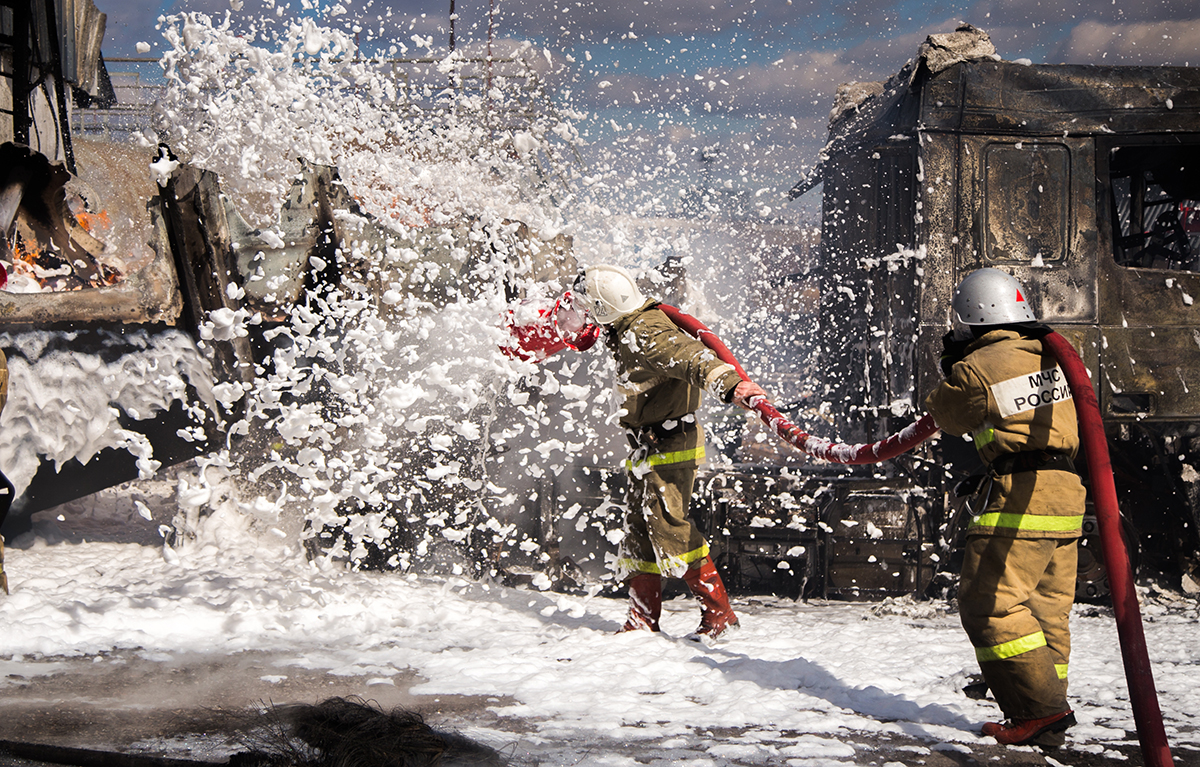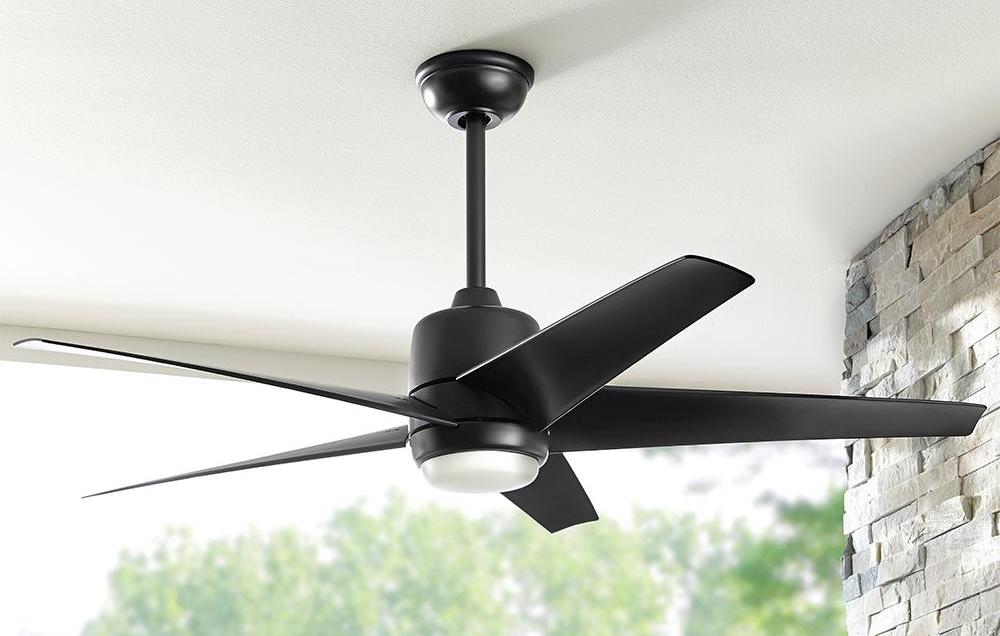Across the country, there have been multiple reports of consumers being seriously injured when cans of cooking spray—like the PAM brand cooking spray—have exploded without warning. These innocent victims have suffered serious injuries, including third degree burns to their chest, face and hands.
The cases involve the spontaneous combustion of cooking spray cans during their normal use, often nearby the stovetop. The cans explode without warning, causing a fireball of extreme heat and fire, damaging everything in its vicinity—including humans.
It is unsurprising that these repeated cases of harm have led to investigations into the causes of these fireball explosions. Some of these investigations have been scientific expert investigations as part of a lawsuit against the cooking spray manufacturers. Either way, what these expert investigations was deeply disturbing.
Design Flaw is at the Root of the Deadly Explosions.
It was quickly discovered that the common factor across all of these explosions was an aerosol can of cooking spray that was around the vicinity of the cooking area and the victim.
Upon closer investigation, scientific experts noted that vents in the bottom of the aerosol cans were the likely cause of the explosions. Each can that exploded had vents along the bottom of the can, that are there with the evident intent to release pressure from within the can and prevent a deadly explosion; however, these vents did just the opposite.
Expert investigations and cooking simulations using these cans reveal that these vents are releasing air prematurely, when the air is too cold and at a much lower pressure than the air that should require venting from within. That is to say, the air that is released should not be triggering the
manufacturing function of the vents to release hot, high-pressure air; in fact, the air released is of the opposite nature. And this lower pressure, cool air is extremely flammable.
Faulty Release of Flammable Air in a Known Fire-Risk Environment.
The nature of the consumer product must also come into factor here. These aerosol cans contain cooking spray that is intended to be used in and around kitchens, which include hot stoves, pans and ovens.
But because of the design defect of the vents, these cans—when combined with their natural environment of stoves and cooking heat—are a disaster waiting to happen.
When the cool air from the ventilation inside the aerosol cans is combined with heat from a nearby stove or an oven or is dropped accidentally onto a hot pan, can trigger an immediate and violent blast. This explosion of a literal fireball can occur right in front of the consumer victim, causing irreparable injuries to their face, hands, arms and chest.
Inadequate Product Warnings
It has also been noted that many of these cans of aerosol cooking spray, including the Pam brand cooking spray, failed to include adequate notice of the dangers of explosions.
These cans, despite being common across kitchens and households nationwide, have misled consumers with claims of being “100% Natural,” when in fact these sprays often include highly flammable ingredients such as propane and isobutene.
The manufacturer, ConAgra, has claimed that all of the product descriptions are accurate; however, lawsuits have claimed otherwise.
Recent legal cases have attempted to hold the manufacturer of these sprays accountable for their misleading product labeling. These cases also allege that the product packaging should include better warnings about the risk of explosions, fire, and injury when using these products.
Other cases claim that the manufacturer should be testing the product more closely before marketing it as safe for consumer use.
These Defects are the Basis for Your Legal Claim.
Altogether, these design defects, insufficient product labeling, inherent fire risks and improper marketing point to one single thing: that these aerosol cooking spray cans are not safe for consumer use as they are sold and marketed.
Therefore, if you’ve been the victim of an exploding cooking spray can, you should consider these inherent design and manufacturing flaws. You may also wish to consult an experienced product liability attorney to discuss the benefits of a lawsuit, and your path forward to recovery.



























